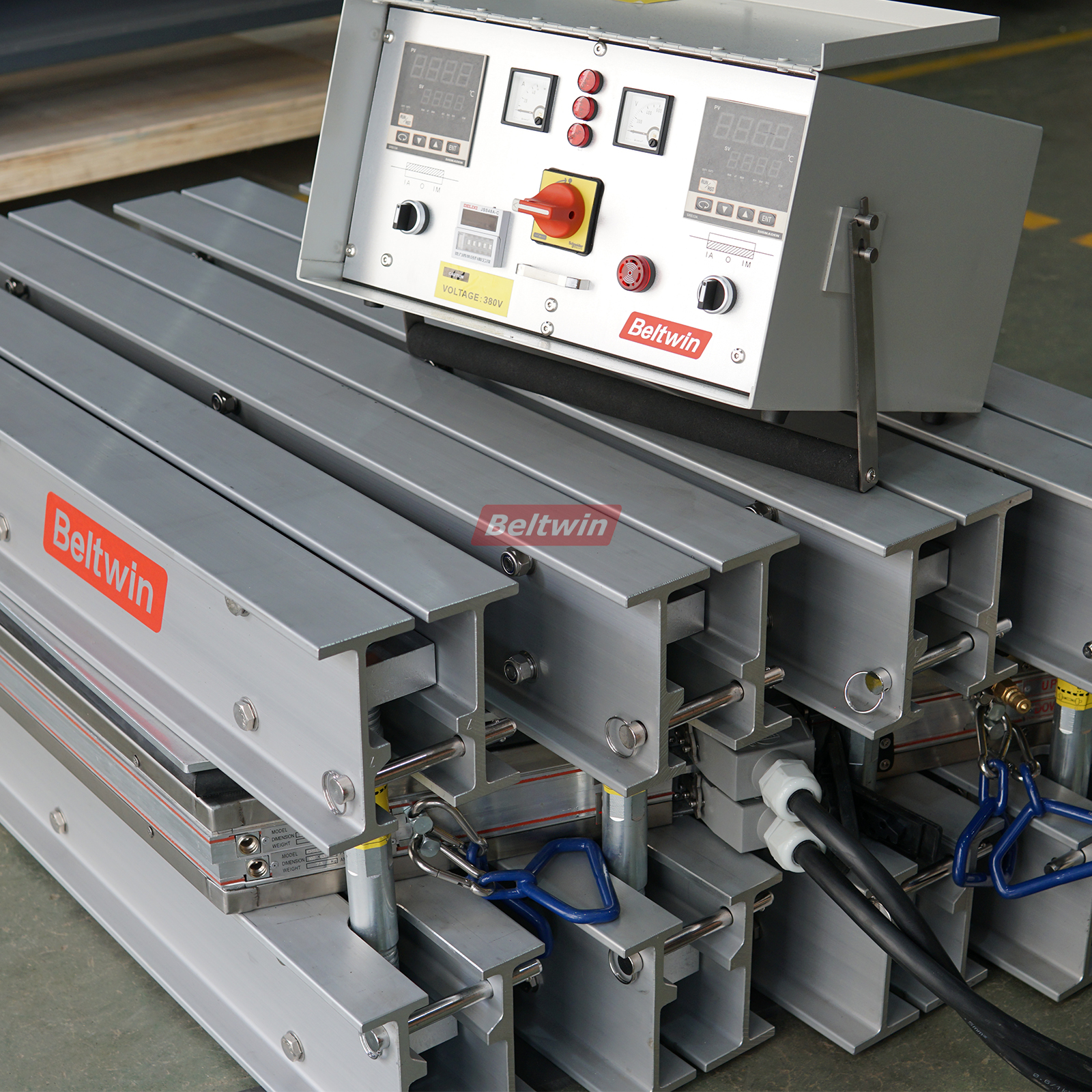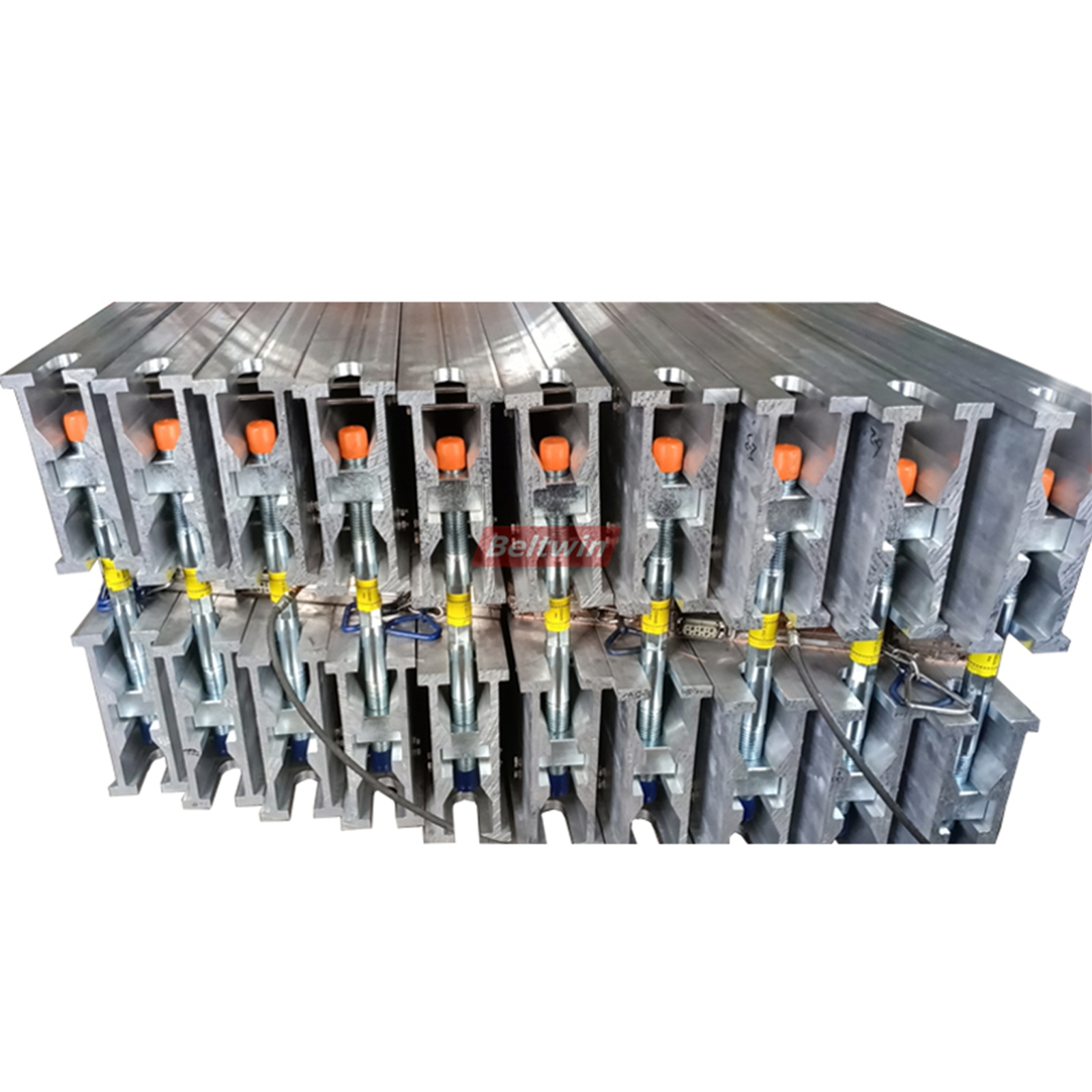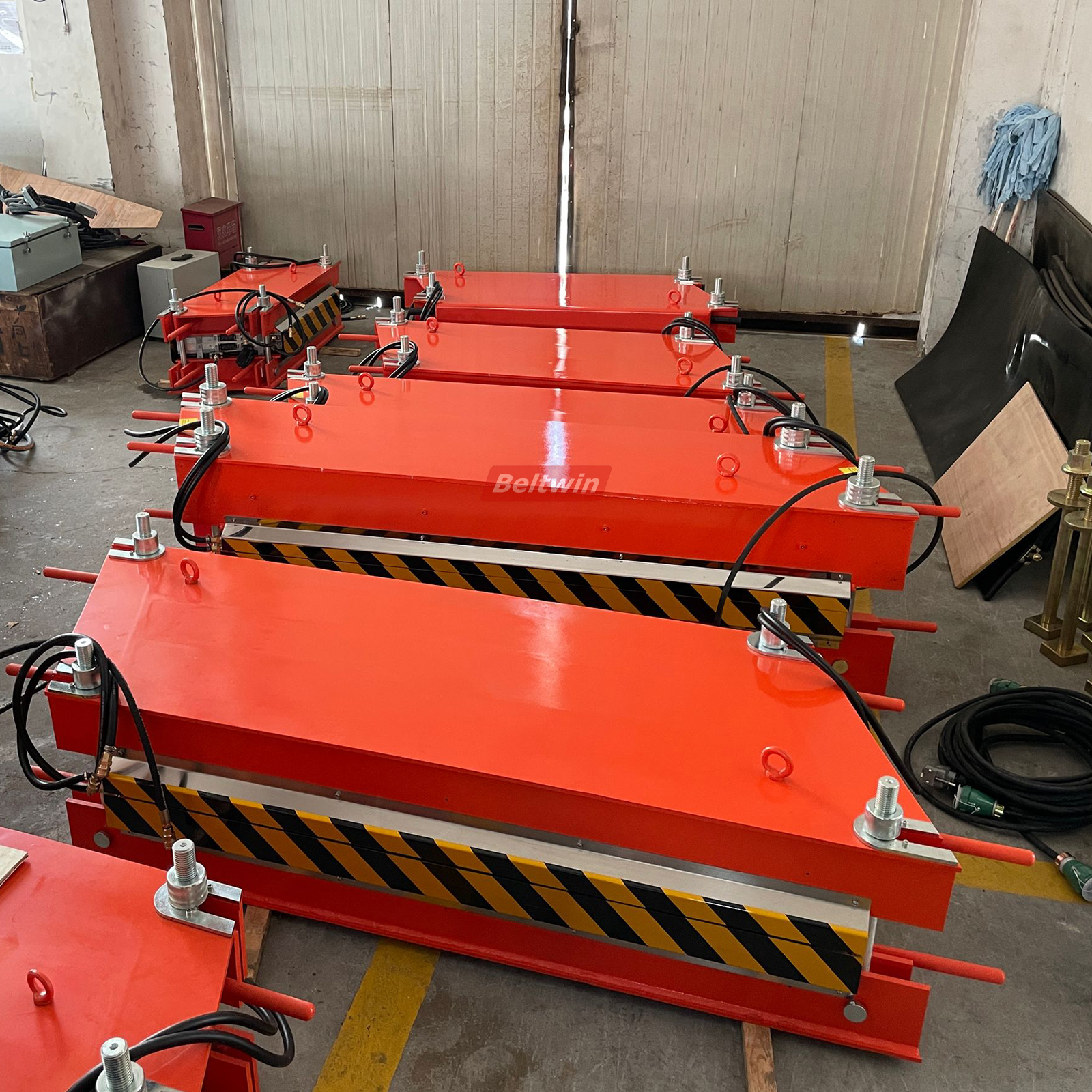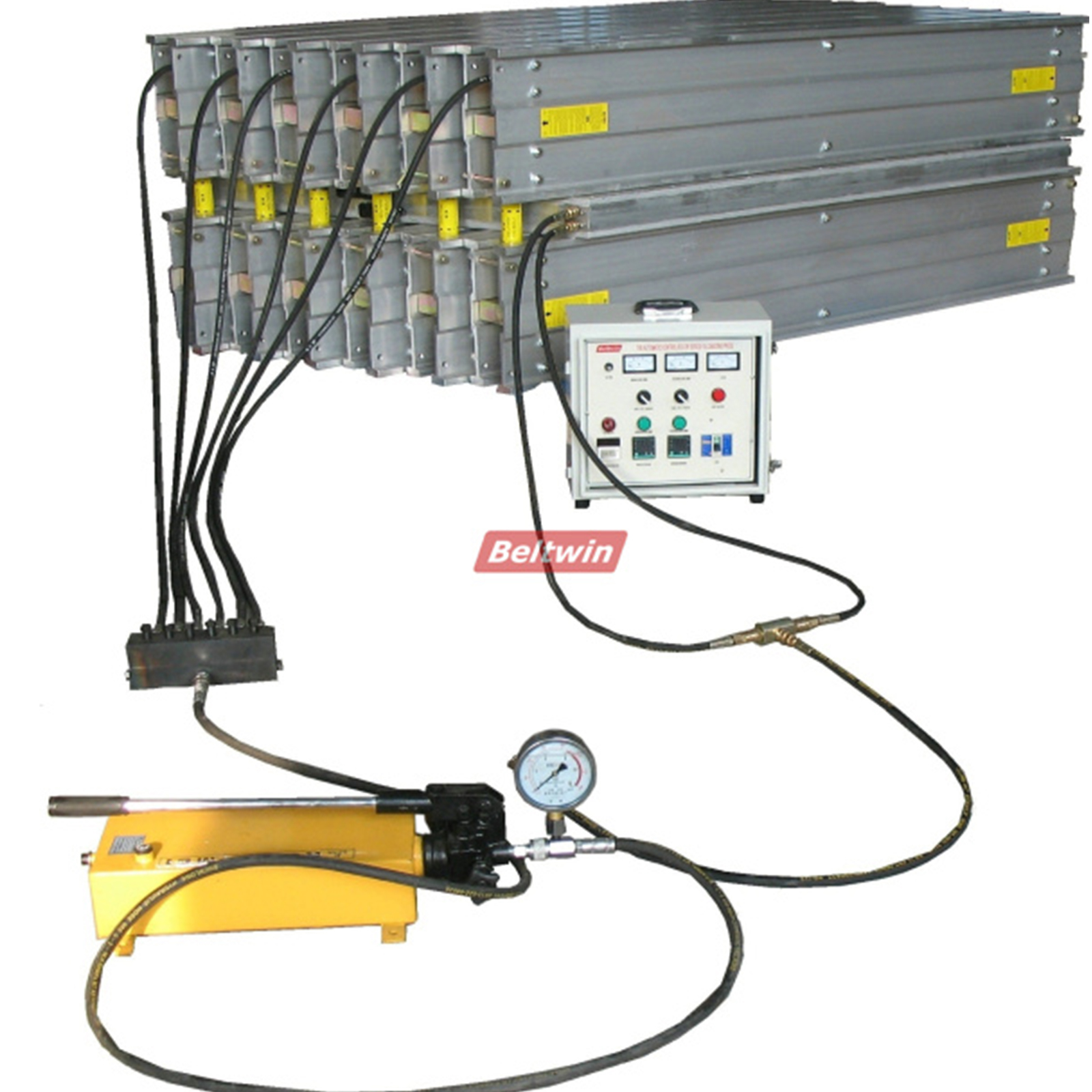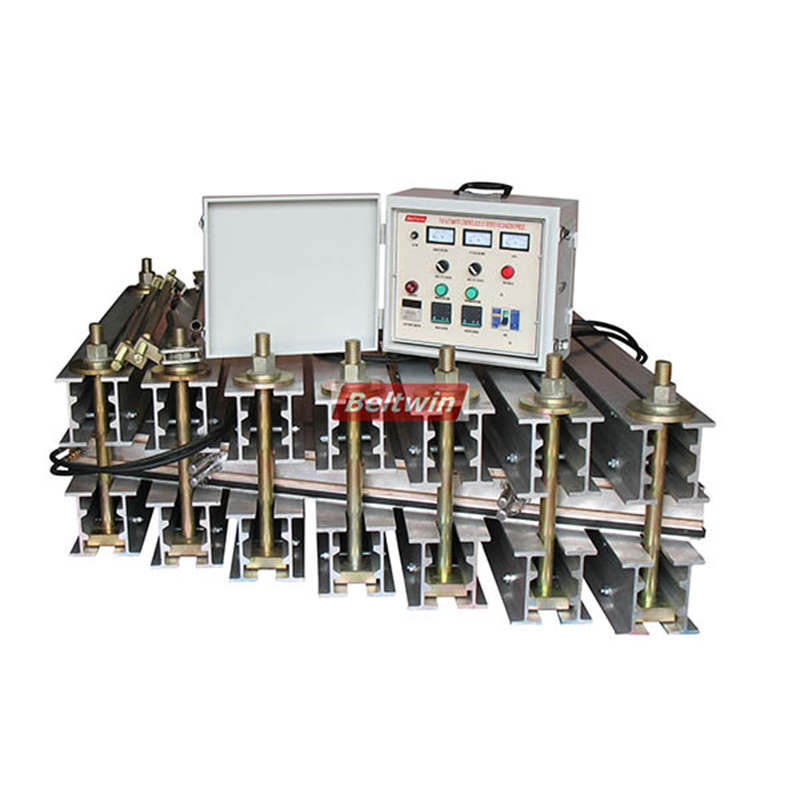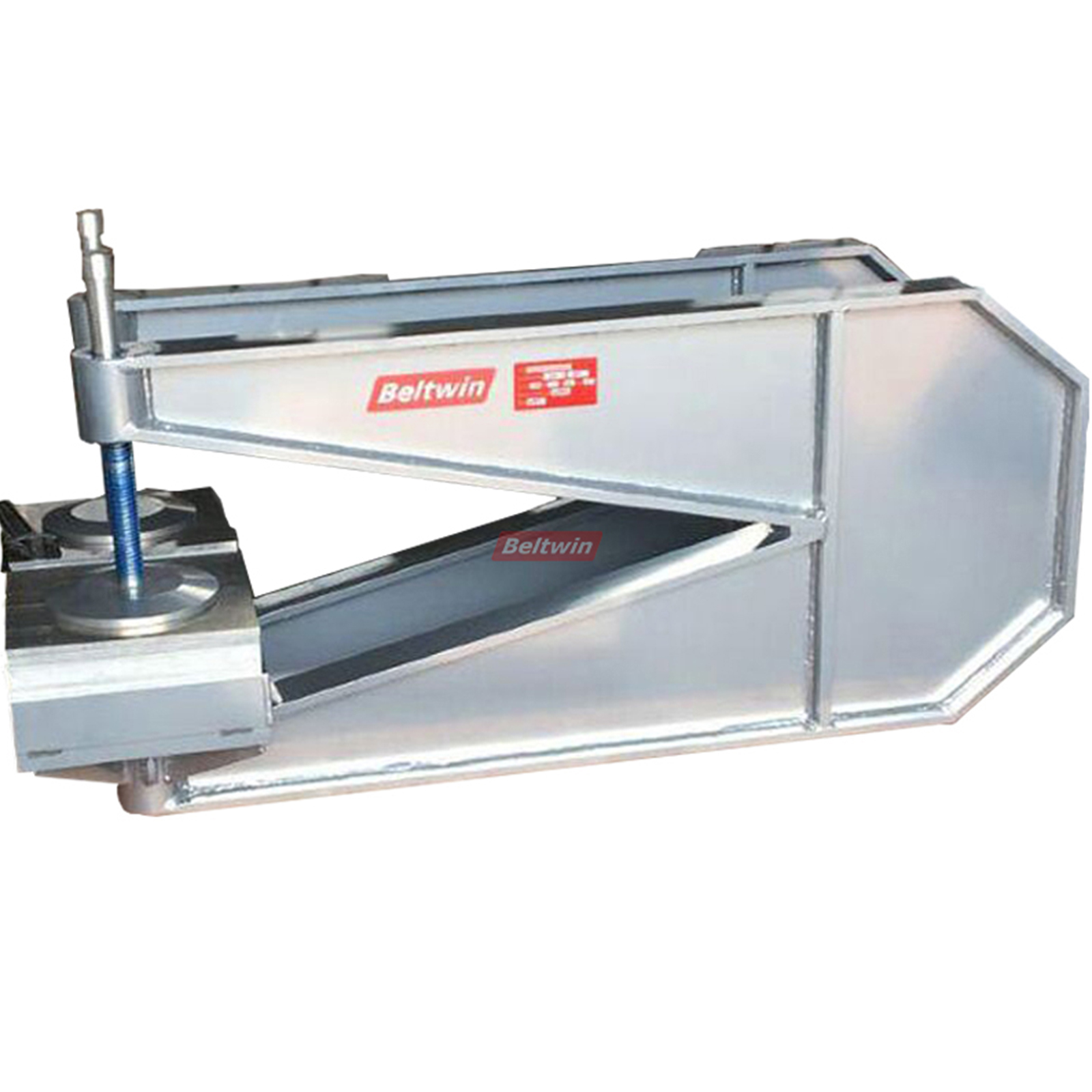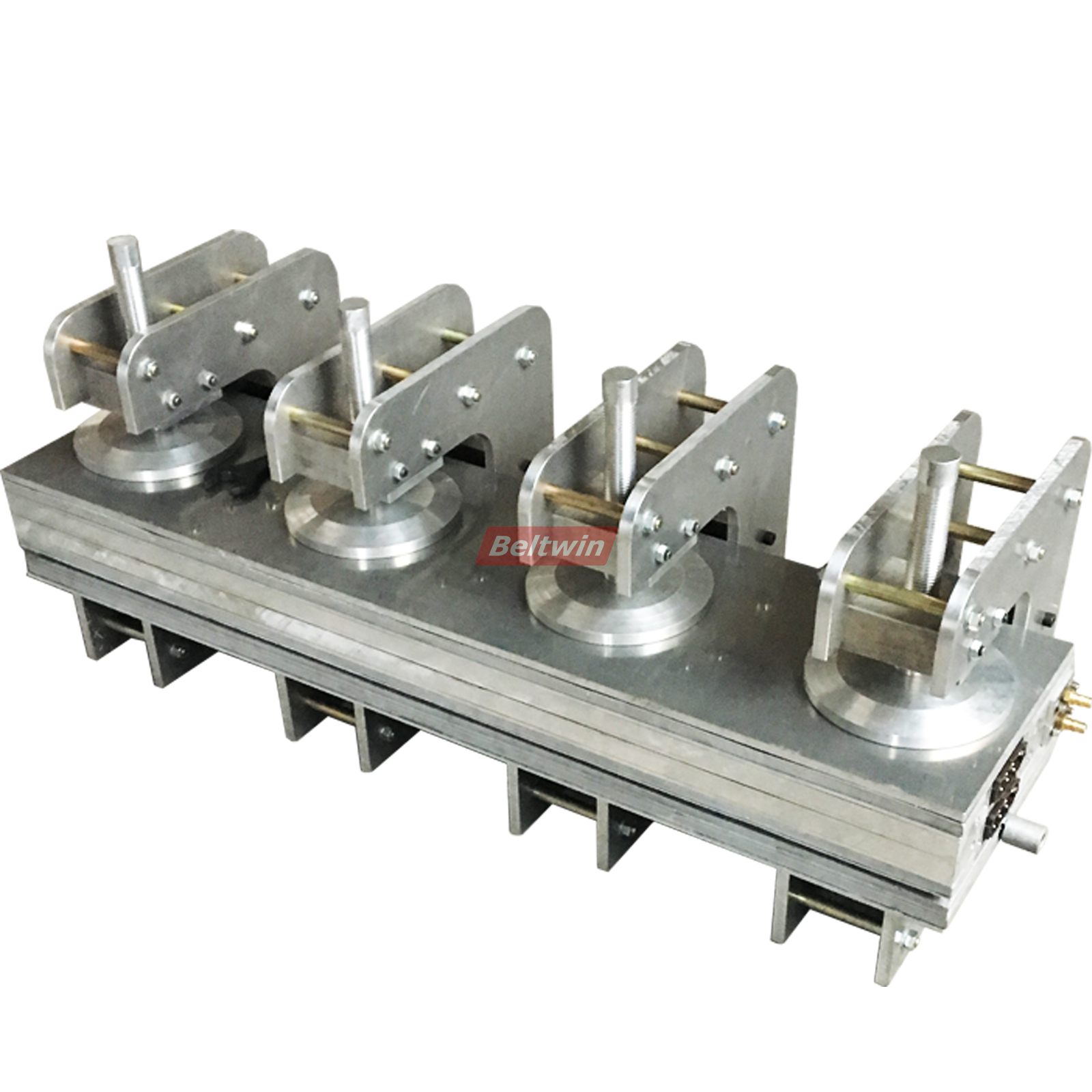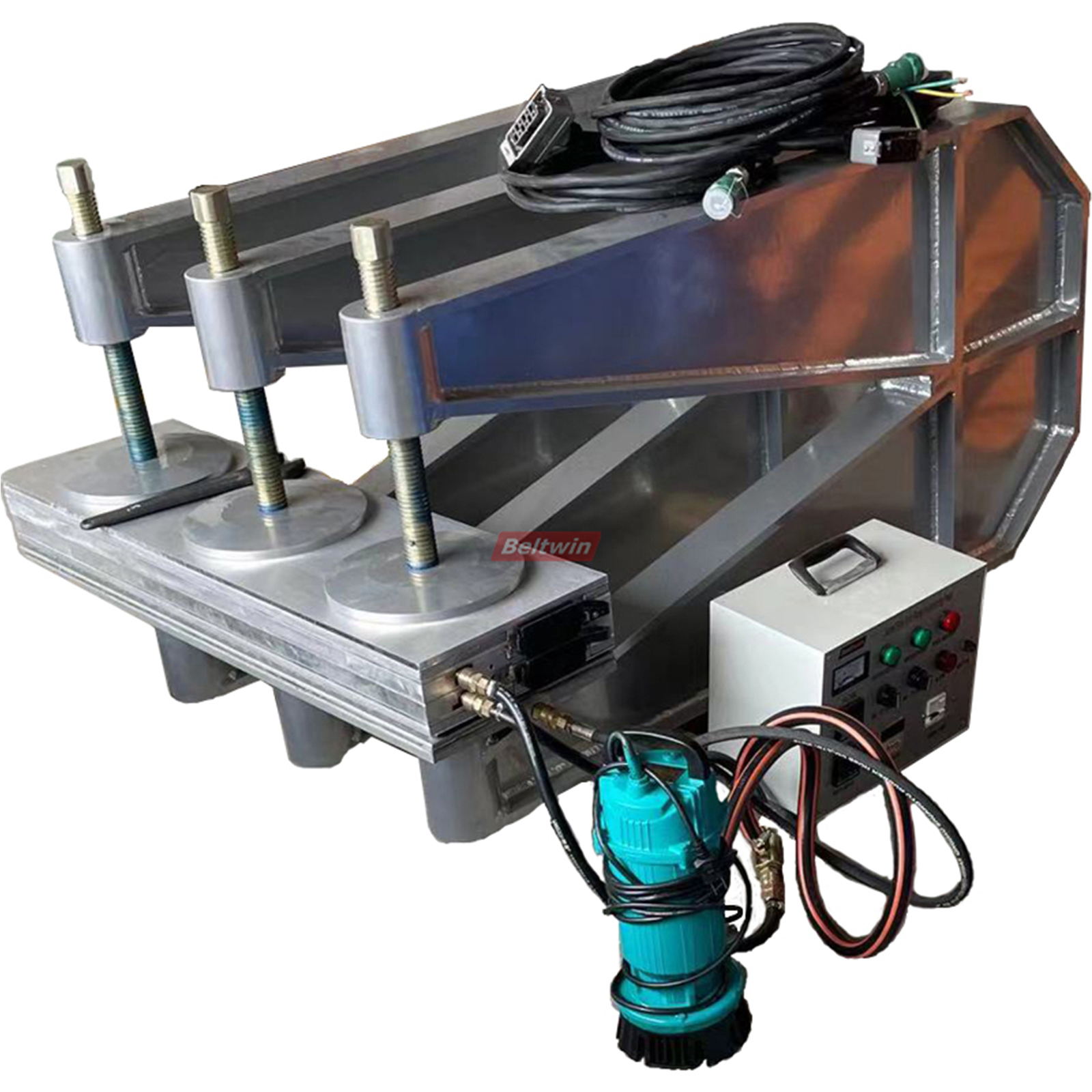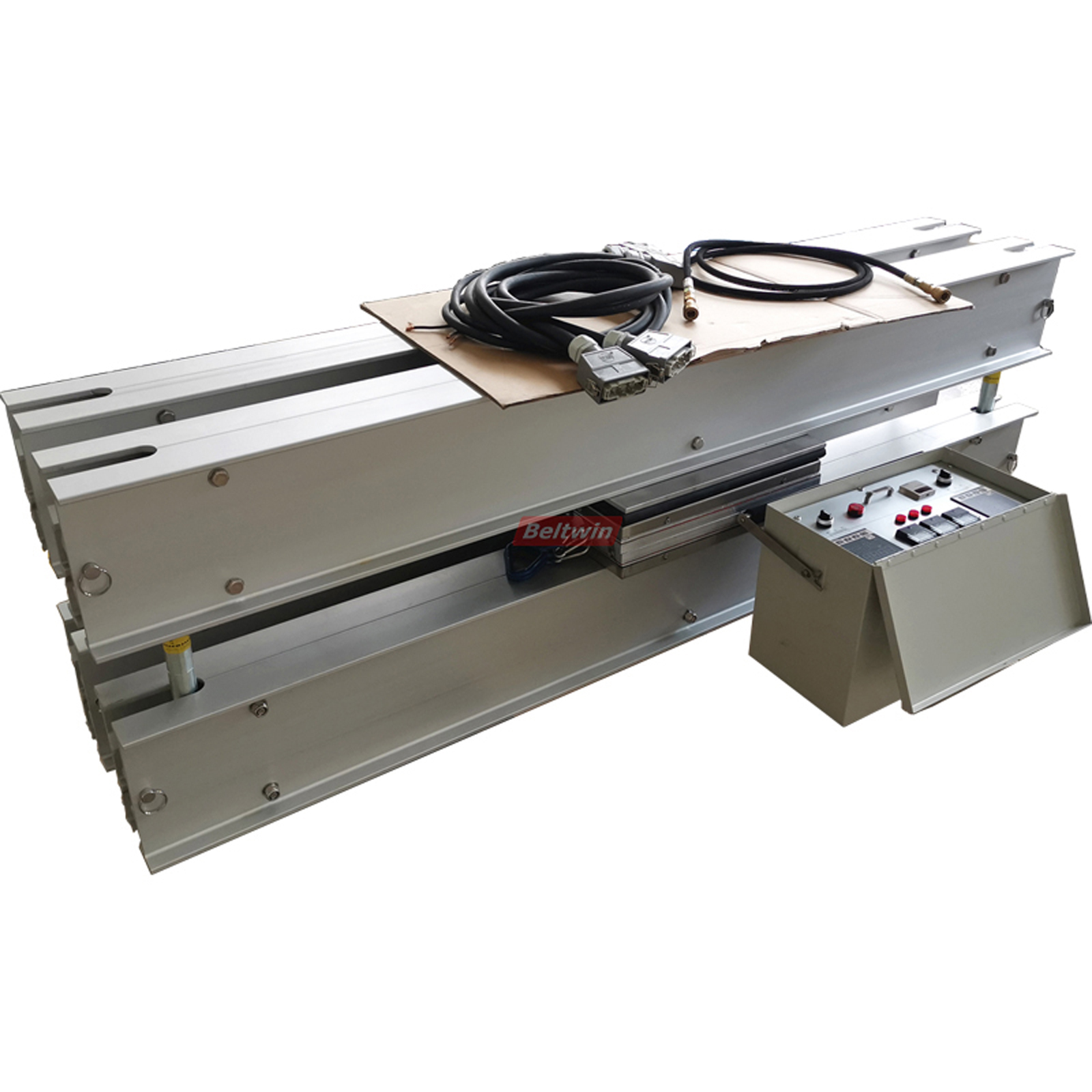Why do we prefer the hot vulcanization?
Hot vulcanization is preferred over other methods of joining and repairing rubber components for several reasons:
1. Superior Bond Strength: Hot vulcanization creates a strong and durable bond between rubber components. The process involves heating the rubber and using pressure to ensure proper adhesion of the materials, resulting in a bond that is often stronger than the original rubber itself.
2. Longevity and Durability: Vulcanized rubber joints exhibit excellent resistance to wear, tearing, and environmental factors such as heat, chemicals, and moisture. The resulting repairs or splices are long-lasting and can withstand harsh conditions, making them suitable for various applications.
3. Seamless Joints: During hot vulcanization, the rubber components are heated and pressed together, forming a seamless joint without any overlaps or weak points. This lack of seams prevents potential weak spots that could lead to premature failure.
4. Suitable for Various Rubber Types: Hot vulcanization is compatible with a wide range of rubber materials, including natural rubber, synthetic rubber (e.g., neoprene, EPDM, nitrile), and some specialty rubbers. It provides consistent results across different types of rubber, allowing for versatility in applications.
5. Enhanced Performance: The strong bond achieved through hot vulcanization ensures that the repaired or spliced rubber components maintain their original performance characteristics. This is particularly important in applications where the integrity of the rubber component is critical for safety or functionality.
6. Reduced Downtime: Hot vulcanization repairs can be completed relatively quickly, reducing the downtime in industrial settings where machinery and equipment rely on rubber components. This efficiency contributes to improved overall operational productivity.
7. Environmentally Friendly: Hot vulcanization does not involve the use of chemical adhesives or solvents, making it a more environmentally friendly method of joining or repairing rubber components.
8. Consistency and Quality Control: Hot vulcanization is a controlled process that allows for precise temperature and pressure settings, ensuring consistent and reliable results. This level of control is particularly important in industrial applications, where quality control is essential for safety and performance.
At Beltwin, you can find various kinds of vulcanizers for rubber belts. We also support customization if your belt widths or the heating platen sizes are special. If you have the demands for the rubber belt vulcanizer, don't hesitate to contact us now.
 Русский
Русский Deutsch
Deutsch Français
Français Español
Español Português
Português